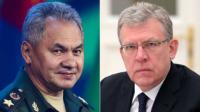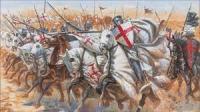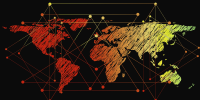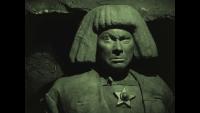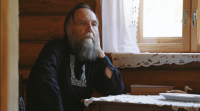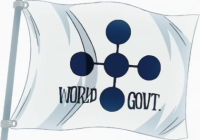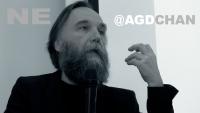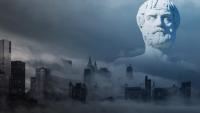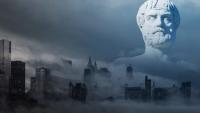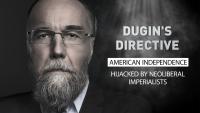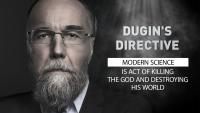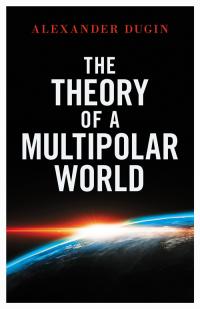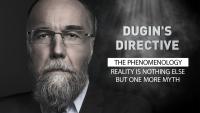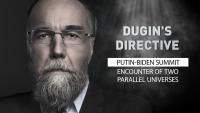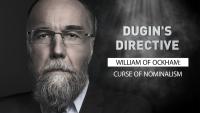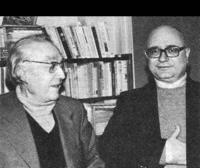HOMELAND SECURITY STRATEGY: INERTIA OF BIPOLAR DISORDER
The renewed national security doctrine is much more sharply defined by the imperative of sovereignty. The main priority is declared the freedom and independence of Russia as a great power. The growing pressure from Western hegemony is openly recorded. A strict orientation towards traditional values and the development of their own Russian national idea is being asserted. If we only follow this patriotic line, the following picture emerges: Russia, as a besieged fortress, is desperately fighting for its sovereignty, turning to mobilization, turning to Tradition, culture and deep historical roots of the Russian people and other Eurasian ethnic groups in solidarity with Russians in their destiny, statehood and history.

